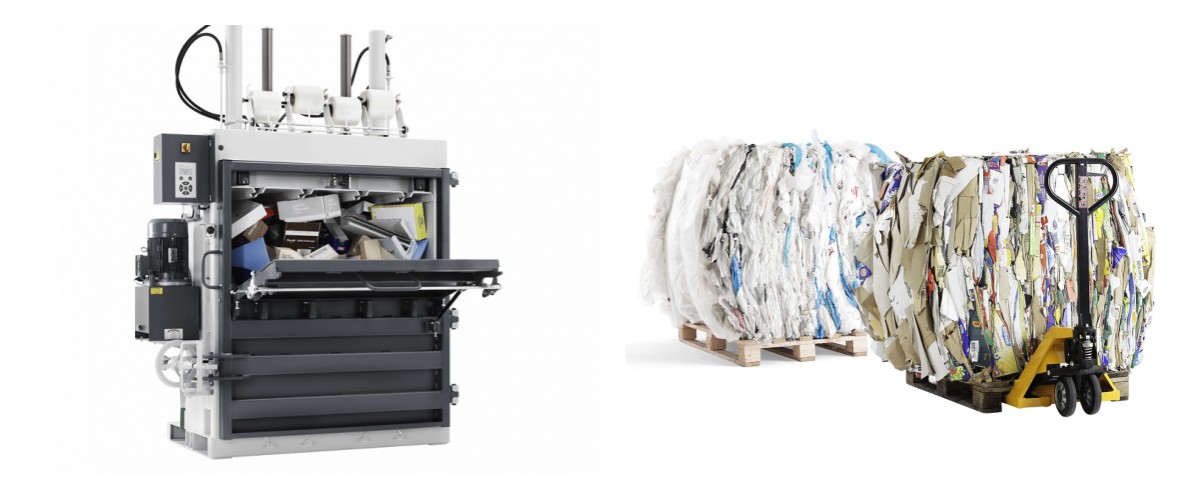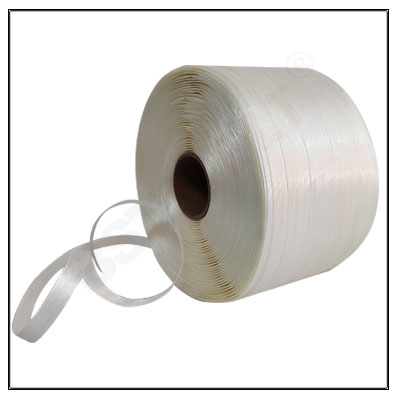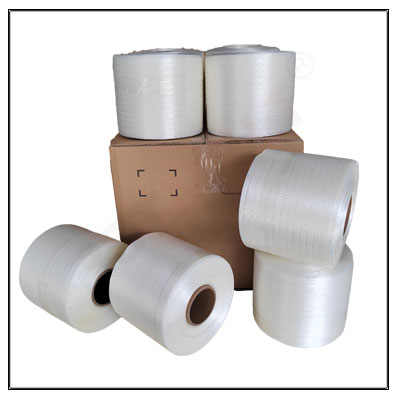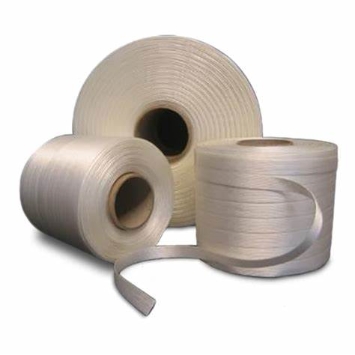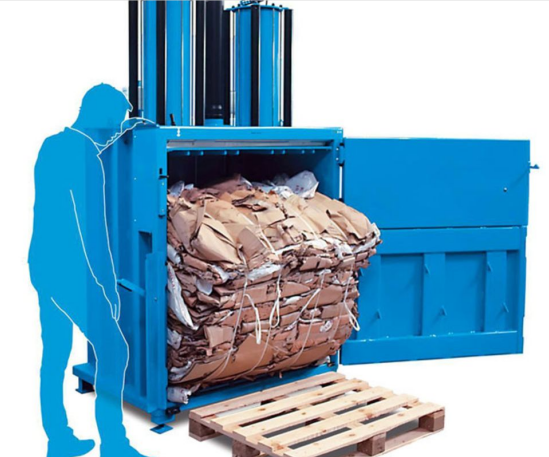In the intricate dance of recycling and waste management, baling tape stands as a silent yet crucial partner, ensuring that the process runs smoothly and efficiently. This versatile material, designed to bind and secure bales of recyclables, plays a pivotal role in the journey from waste to resource. This article delves into the world of baling tape, exploring its composition, applications, and the benefits it brings to the recycling industry.
Composition of Baling Tape
Baling tape, also known as bale press strap, is typically made from high-strength synthetic fibers such as polyester or polypropylene. These materials are chosen for their durability, resistance to environmental factors, and ability to withstand the pressures of compression during the baling process. The tape is coated with a strong adhesive that ensures a tight and secure bond, even under challenging conditions.
Applications in Recycling
Paper and Cardboard: Baling tape is extensively used in the paper and cardboard recycling industry. It binds together large volumes of these materials, creating compact bales that are easier to transport and store. The tape's strength prevents the bales from unraveling, ensuring that the materials remain clean and uncontaminated.
Plastic and Film: In the recycling of plastics and films, baling tape is essential for securing lightweight and slippery materials. The tape's grip ensures that these materials are held firmly, reducing the risk of spills and contamination during transportation.
Metal and Glass: For heavier materials like metal and glass, baling tape provides a robust binding solution. Its high tensile strength ensures that the bales remain stable, even when subjected to the weight of the materials.
Textiles and Organic Waste: Baling tape is also used in the recycling of textiles and organic waste. Its ability to bind different types of materials without causing damage makes it an ideal choice for these industries.
Benefits of Using Baling Tape
Efficiency: Baling tape streamlines the recycling process by allowing for the quick and easy creation of compact bales. This not only saves time but also reduces the space required for storage and transportation.
Cost Savings: By minimizing the volume of materials, baling tape contributes to cost savings in transportation and storage. Smaller, more manageable bales mean lower shipping costs and more efficient use of space.
Environmental Impact: The use of baling tape supports the recycling industry's goal of reducing waste and promoting sustainability. By ensuring that recyclables are properly contained, the tape helps to minimize the risk of contamination and the need for additional processing.
Safety: Baling tape provides a secure and stable means of handling recyclables, reducing the risk of accidents during transportation and handling. This is particularly important for materials that can be hazardous, such as broken glass or sharp metal edges.
Conclusion
Baling tape is a fundamental component of the recycling and waste management process. Its ability to bind and secure various types of recyclables is crucial for the efficiency and effectiveness of recycling operations. As the world continues to seek sustainable waste management solutions, baling tape remains a key player in the transformation of waste into valuable resources. Its versatility, strength, and cost-effectiveness make it an indispensable tool in the ongoing effort to protect our environment and conserve resources for future generations.
